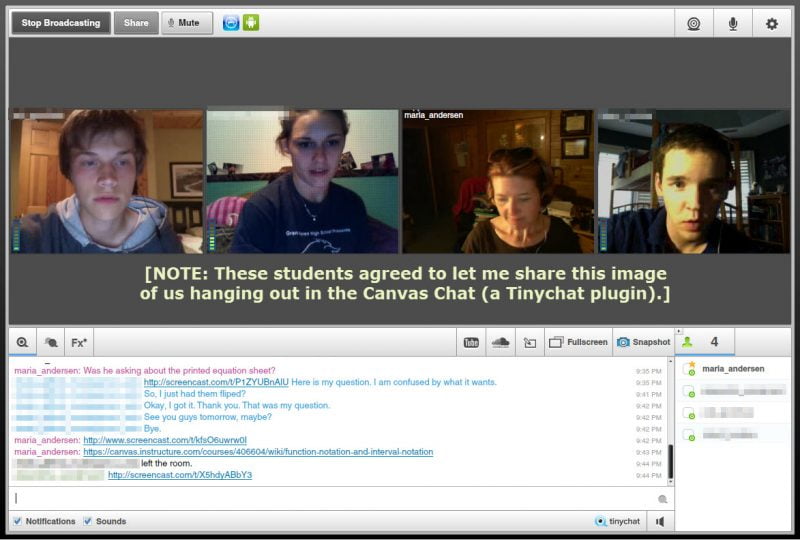Very few of us would buy an unbuilt home without at least viewing a model home that conveys the look and feel of the interior and exterior of the rest of the community. We should be unwilling to build (or buy) an entire course (a “row” of units, modules, chapters, or weeks of content) without seeing at least one “model unit” first.
In the software world, a low-fidelity prototype is used to give the look and feel of a future product. With this prototype there is some hand-waving (mockups) to explain away missing functionality and potential users are asked how they would navigate and use the product. This happens long before the product build, and is iterative.
In the learning world, we should consider that course builds (especially large-scale digital courseware) need the same kind of prototype. Before the time and money is invested to build the a full course, consider building one unit as completely as possible, and make sure your stakeholders (students, faculty, instructional designers, deans, customers) actually want to learn in this course. Choose a prototype unit that is most representative of the majority of the learning in course; this is usually not the first or last unit.
When the model unit is being designed and built, this is the ideal time to collaborate iteratively with students, faculty, IT, assessment, and instructional designers. While it will take some time to change the model unit as opinions shift, it will not take as much time as remodeling every unit in the course.
After you’ve got stakeholder approval for the model unit design, make sure to carefully document what features this prototype contains, since your team will need to apply it consistently across the full development. Here are just a few of the learning features you might want to apply across your multi-unit build:
- content: where did it come from? what quantity per learning objective?
- examples: how often, how relevant?
- interaction: how much, what kind, and how often?
- assessment: what kind? how often? authentic? purely for practice? for learning scaffolding?
- images: for what purpose, how often?
- videos: how long are they, what stylistic elements are there, how often do they occur?
- simulations or games: for what purpose? how often?
As digital learning becomes more accepted (thanks MOOCs) and blended learning becomes a more standard model at traditional institutions, I hope we’ll see much more collaborative prototyping, followed by intentional design, in these courses.






